Clarifying your purpose is essential for all aspects of coalition and partnership building. One of the topics I highlight more than any other in my blog posts is getting clear on purpose. Once we are clear on our purpose, we need to take actions that reflect that purpose. This is particularly true when planning a meeting. If we have clarified our purpose, we want our agenda to match that purpose. One of the common challenges to effective meetings is attempting to include too many items into a meeting agenda. When you are clear about your meeting purpose, consider what must be included to accomplish that purpose and eliminate everything else. This takes constant practice! Join me this week as I provide three questions you can ask to develop an agenda that reflects the meeting purpose.
Which 1-3 items are essential?
As you reflect upon your meeting purpose, what are the 1-3 items or topics that are most essential in order to accomplish that purpose? In order to figure out these essential items, make a list of all of the potential options (including speakers or presenters). Then, review that list with other staff or leaders in your coalition, team, workgroup or partnership to help you prioritize. If you continue to struggle with choosing 1-3, consider whether some of the items could be included in another form of communication. Perhaps one or two could be shared via email. Maybe another one or two items would be a good fit for a follow-up meeting. When you prioritize what is included in the meeting, you are more likely to accomplish your purpose and keep people engaged.
Is group discussion an important component of the meeting purpose?
If part of the meeting purpose is to discuss a specific topic(s), consider how much time is needed for discussion for each topic. When you develop your list of 1-3 items, consider the amount of time needed for discussion for each of those items. Depending upon the topic and time allotted for the meeting, you may only have time to really address one item. One of the biggest threats to effective meetings is the lack of time for discussion. When we create a meeting agenda packed with speakers and content, we do not have time for engaged discussions on any topics. If you are conducting a webinar or training, you are likely providing more content and less discussion. However, if your purpose includes collecting feedback from the group on a particular project or deliverable, you want to include adequate time for group discussion.
How much time do you have for the meeting?
For some groups, you may only have 30 minutes of focused attention while for other groups, you may be able to meet for 1 or even 1.5-2 hours (with a break)! As you develop your agenda, consider extra time in order to accomplish your agenda items. For instance, if you are asking someone to speak for 5 minutes, assume that they will probably take 8-10. Allow more time than you think you need for the discussion so that you will have time for discussion. No one ever complains if you end a meeting early! 🙂
Which of these three questions will you practice for your next meeting?
If you would like more ideas and practical suggestions to use for your meeting planning, check out my Masterclass recording, Meetings your Members will love.

